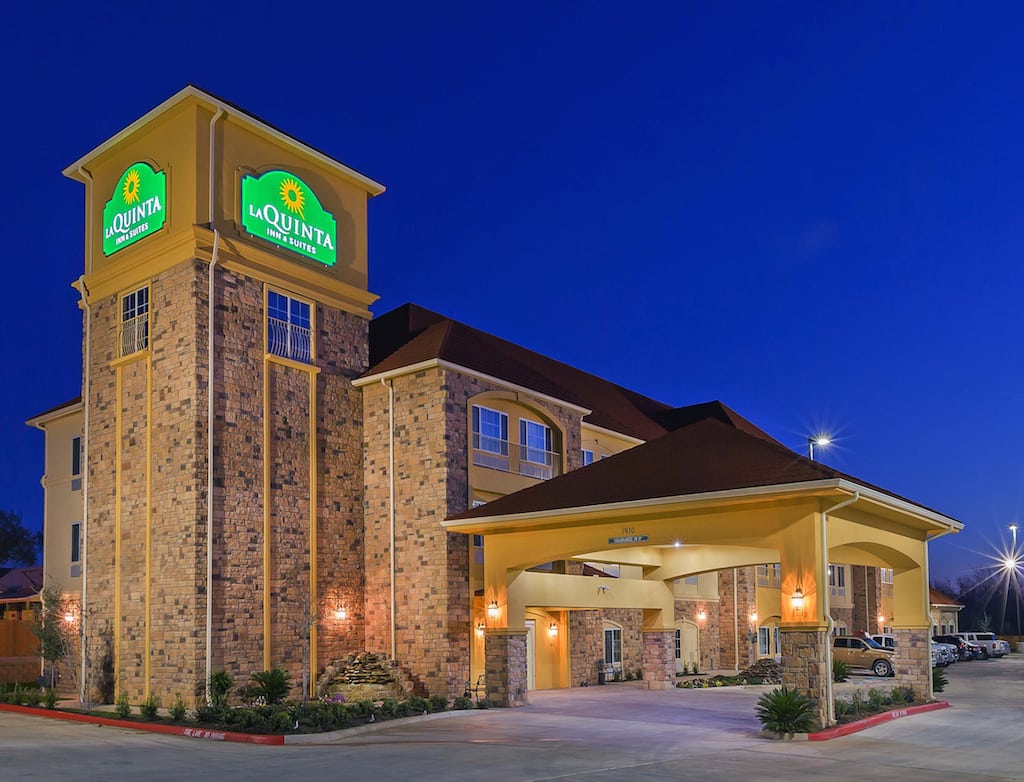Skift Take
Despite the fact that the La Quinta IPO priced below the brand's intended range due to the overall tumble of the markets in recent days, investors are buying into La Quinta's growth story. With a CAGR of 18% from 2003 to 2013, there's little not to love.
La Quinta’s IPO, which enabled the limited-service brand to raise $650 million to pay down debt, was based on a contrarian strategy that traces its roots to 2006 when Blackstone acquired it.
While some chains went into hibernation mode during the 2007 downturn and its prolonged aftermath, La Quinta, which has a portfolio of both owned and franchised properties, poured $759 million into the properties it owned to make improvements, and shed 44 noncore assets as it repositioned the company from primarily a southwestern U.S. economy brand into a national and increasingly international midscale and upper midscale brand.
As part of the roadshow presentation leading up to the company’s IPO, CEO Wayne Goldberg referred to the subpar properties that were sold off as “brand distractors.”
“This is not the company you knew,” Goldberg added, referring to La Quinta’s turnaround.
And, in another move that defies conventional thinking, while other chains are looking to India and China for growth, La Quinta is focusing on South America and Central America, with an emphasis on Mexico as a starting point.
The La Quinta brand has five properties in Mexico, all newly built, and another 17 in the pipeline.
“We focused on Mexico at a time when no one was really focused on going to Mexico,” Goldberg said.
La Quinta has advertised in Mexico for 20 years as it has fielded properties in Arizona, Texas and California, all of which border Mexico, for decades.
“We knew Mexican nationals coming into the states knew our brand,” Goldberg said. “We have an Hispanic name.”
La Quinta plans a marketing campaign in Mexico built out of franchise fees generated from the country, and views Mexico as a foothold for further expansion into Colombia and Honduras, where the brand already has a presence.
La Quinta earns higher EBITDA margins — 38.2% in 2013 — than many full-service brands, and much of that is built on its “capital light” strategy, namely its franchise business.
Of La Quinta’s 834 hotels, 477 are franchised and it owns another 357. La Quinta has 187 properties in its pipeline, all of which are expected to generate franchise fees.
“What I like to say is we are leveraging the brand and not the balance sheet,” Goldberg says.
The formula appears to be working as La Quinta has notched 18% CAGR (compound annual growth rate) from 2003 to 2013, the company states.
It is interesting to point out that another, albeit different, kind of travel industry company currently on an IPO roadshow, Sabre, can only look at La Quinta’s CAGR marks with envy as Sabre is trying to sell itself to investors as a growth story based on a CAGR of 3.4% from 2010 to 2013. When Sabre removes Travelocity from the equation, its CAGR during the period jumps to 6.2%.
La Quinta argues that it has plenty of room to grow, saying it is less than half the size of its closest competitors, including Hampton Inn & Suites, although La Quinta officials acknowledge that the brands still has to bridge an ADR (average daily rate) gap with competitors.
In the wake of Blackstone’s 2013 IPOs of Hilton Worldwide and Extended Stay America, La Quinta is another successful, growth and turnaround story.
And, despite the fact that the La Quinta IPO priced at $17, a buck below below the low end of its intended range due to the overall tumble of the markets in recent days, investors literally are buying into La Quinta’s story.
Have a confidential tip for Skift? Get in touch
Tags: blackstone, ipo, la quinta
Photo credit: This is La Quinta's design in urban areas, as shown in Floresville, Texas. La Quinta
